
November 29, 2011 Vol. 4, Issue 9 Forty years ago this month, Mariner 9 became the first mission to orbit another planet.

November 29, 2011 Vol. 4, Issue 9 Forty years ago this month, Mariner 9 became the first mission to orbit another planet.
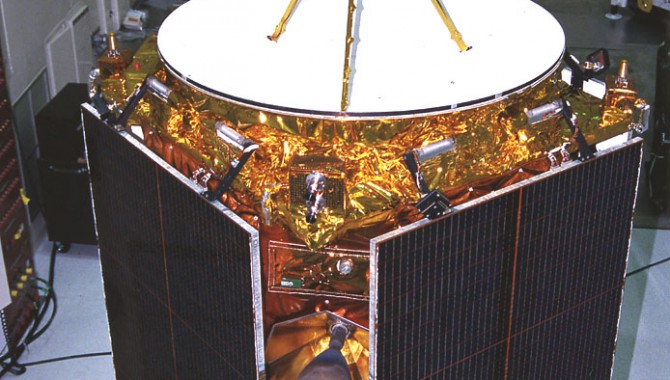
By Andrew Cheng NEAR was the Near-Earth Asteroid Rendezvous, the first launch in NASA’s Discovery Program—and the first dedicated asteroid mission. The plan was to insert the vehicle into orbit around Eros, one of the larger near-Earth asteroids. Not everything went according to plan.

By Vania Neves We make many decisions every day. Should we wait patiently for the green light to cross the street or risk an accident? Should we buy something we want or save money for the future?
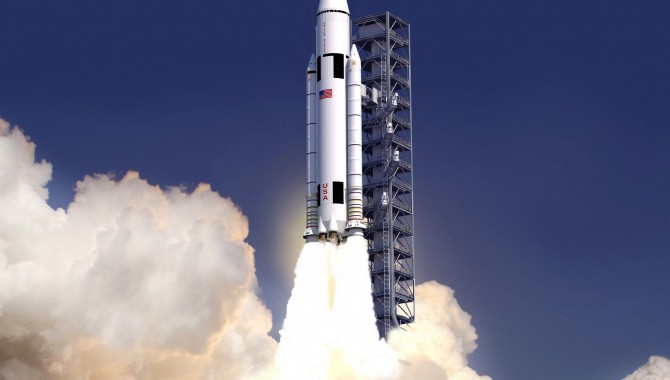
Whats Next for NASA? The end of the Space Shuttle program marks the end of an era for NASA, but not the end of NASA’s ambitious goals for space exploration, aeronautics, science, and technology.
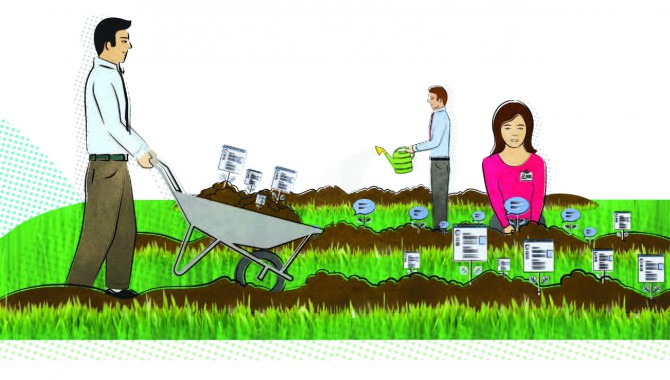
By Jon Verville, Patricia Jones, and Mark Rober How Does a Wiki Work? The NASA workforce is hungry for ways to improve collaboration. Wikis can help—and are helping—to do that.
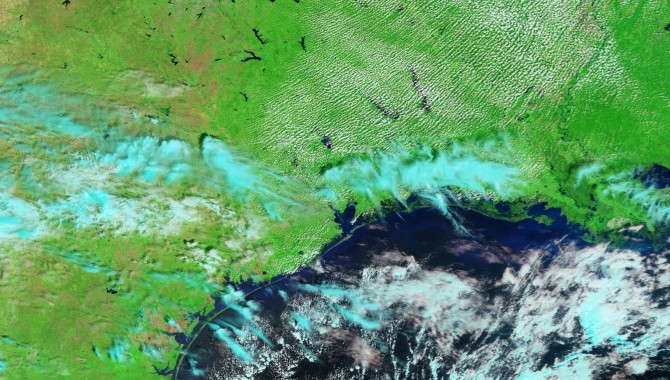
By Haley Stephenson Opening the International Space Station under normal circumstances is challenging. Doing it during the third-costliest hurricane to hit the United States is another story.
By Glen A. Robertson One hundred years from now there will exist technologies that today’s science fiction writers have yet to dream of. Many of these technologies will come from theories, ideas, and concepts that are laughable today.
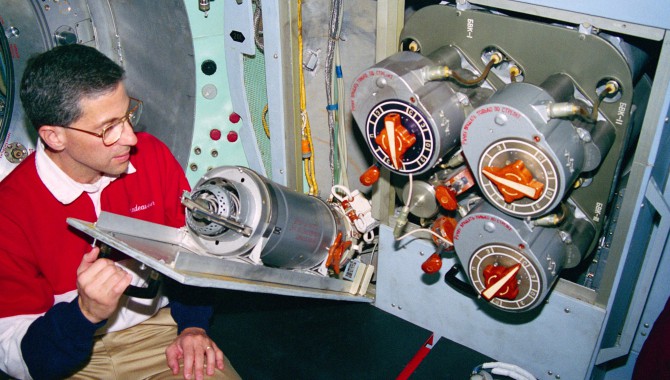
Supplying oxygen is only one of many life-support necessities for human spaceflight, but it’s obviously one of the most vital.
By Don Cohen Currently a professor in the Department of Aeronautics and Astronautics at MIT, the Massachusetts Institute of Technology, Jeffrey Hoffman flew on five shuttle missions as a NASA astronaut, including the first Hubble repair mission. He also served as NASA’s European representative for four years. Don Cohen spoke with him at his […]